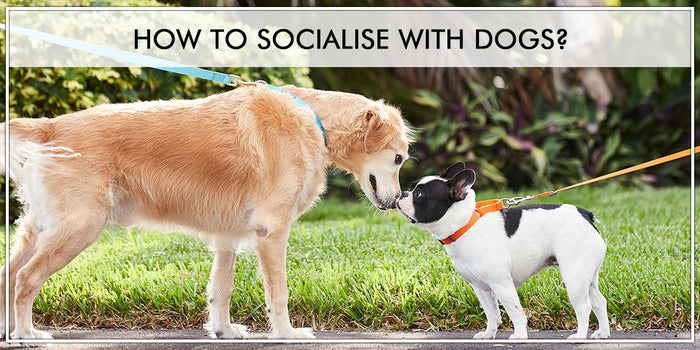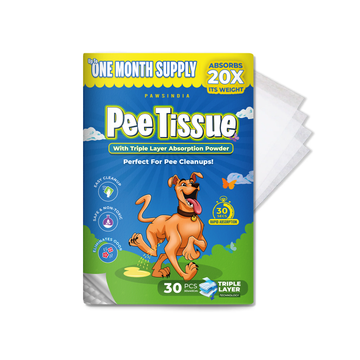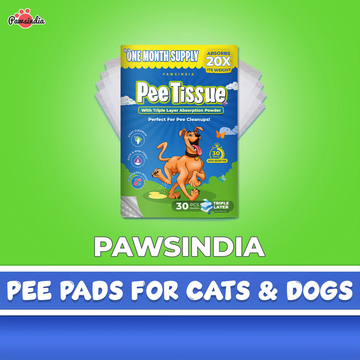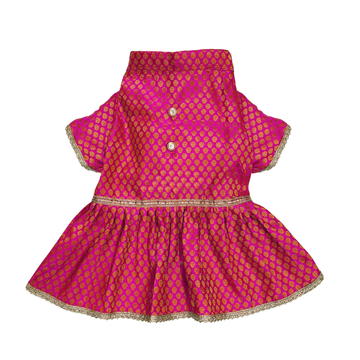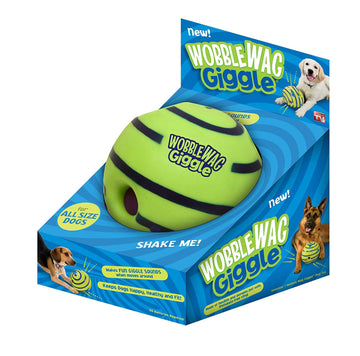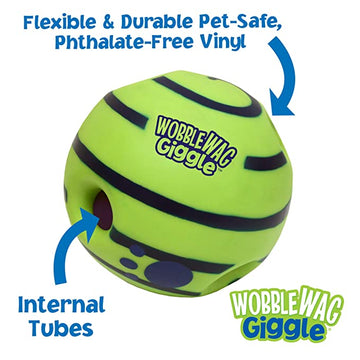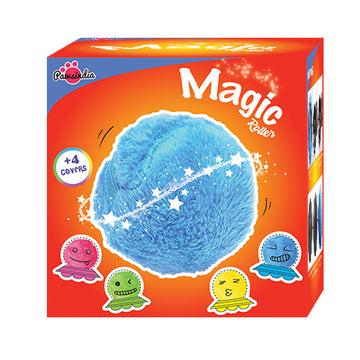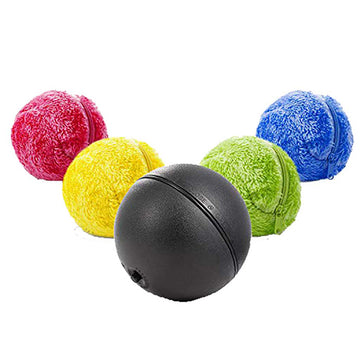Dog Paw Care: Everything You need to Know
Dogs can have blisters or torn paw pads, burnt paws from walking on overly hot pavement, or matting between their toes, so foot care is just as vital for them as it is for us humans. Mats between their toes can cause walking problems or a range of skin issues if your dog licks them. Injured paw pads make walking painful and can become infected, and mats between their toes can cause walking problems or a variety of skin issues if your dog licks them. Beyond making sure your dog's nails are cut, it's critical to properly care for your dog's feet, and it's rather simple!
- What Are Paw Pads?
A layer of pigmented skin, generally pink or black, covers fatty tissue in the paw pads. Because of fat insulates, these provide some protection for your dog's paws against chilly surfaces in the winter. They're also an important aspect of your dog's foot structure, working in tandem with his nails (which protect the pads). Paw pads aid in your dog's balance as well as provide traction, stability, and shock absorption. Your dog's paw pads may be rough and calloused or smooth and soft, depending on the terrain your dog walks on frequently. Due to the exposure to tougher terrain, if you take your dog trekking frequently or take them for regular walks on asphalt, their paw pads will become calloused.
- How to Look After Dog's Paws?
- Check their paws regularly:
Pebbles, weeds, thorns, and glass fragments can become lodged in the paws. Check your dog's paws frequently, especially after being outside. Tweezers can be used to gently remove any debris.
- Clean them regularly:
Pet Wipes or wash your dog's paws as soon as they enter the house from outside. This will remove any de-icing products or ice that has become lodged in the winter. Snow melts into ice balls that become lodged in their paw pads. A warm-water-soaked cloth and moderate massage can help loosen the ice.
- Allergies:
Certain varieties of grass may cause contact allergies in some dogs. Swollen paws can also be caused by seasonal allergies to pollen and trees in dogs. This can be avoided by keeping their paws clean.
- Intense licking:
Dogs lick their paws as part of their self-grooming routine. However, if the licking is frequent and intense, there may be underlying health problems. Injuries and pain, allergies, rashes, and parasites such as lice or fleas are also examples. When the discomfort is in a different region of their body, some dogs will lick their paws. It's possible that the licking is due to a behavioural problem like anxiousness or obsessive-compulsive behaviour. Don't put off seeing a veterinarian for too long. Bacterial or yeast infection is caused by moisture from repeated licking.
- Trimming:
Dogs' paws must be groomed regularly. Long nails can hurt your dog and make it difficult for them to walk. When standing on a level surface, your dog's nails should not touch the ground. Trimming frequency is determined by the breed and level of activity of your dog. Nails should be cut every month in general.
- Moisturise:
Your dog's paws might break and bleed if they become too dry. Only use moisturisers designed specifically for dogs. Those designed for humans may cause their pads to become too soft.
- First aid:
If your dog's paws have a little cut or wound, clean it with an antibacterial solution, apply antibacterial cream, and wrap it in a light bandage. Veterinarians should be consulted for deeper cuts.
- Ease into exercise:
Dogs require time to acclimate to new activities, so start slowly with your new exercise regimen. Dogs, like people, can get injuries while running. Dogs' paws are stressed when they run on asphalt and other rough surfaces.
- Summer paw care:
It's vital to remember that your dog's paws might get dangerously hot on the pavement and asphalt. It's too hot for paws if it's too hot for bare feet. When it's hot outside, try to walk your dog in the morning or evening. If at all feasible, take a walk on the grass. Consult your doctor if your dog's paws become burned. Meanwhile, run cold water over their paws and bandage them.
- Winter paw care:
Dry, chilly winter air can cause cracked paws. Frostbite can also occur on exposed flesh on paw pads. Dog shoes may appear goofy at first glance, but they're effective at protecting feet from ice, snow, salt, and de-icing chemicals.
Calcium chloride and sodium chloride are common de-icing ingredients that can irritate paws and cause blisters and ulcers. If your dog licks some of these substances, he will become poisoned. Check that your dog's shoes are comfortable. They should stay in place, but not so tightly that your dog's walking pattern is altered. You can easily get dog shoes from Pawsindia and protect your dog's paws from the summer heat as well as the winter cold. It even has a rubber sole to provide grip on wet surfaces. Remember to wipe clean their paws after they've been outside, even if it's only for a few minutes.
Check the areas where your dog walks and plays to make sure they are free of debris to avoid paw damage. Avoid shattered glass, metal fragments, and other risks when taking your dog on a walk. If you wouldn't want to go barefoot there, don't walk your dog there.
Planning To Have A Pet?
A pet is a beautiful family member. The level of love, devotion, and care they show their entire family is...
on
Tips to Socialise your Dog with Other Pets and Humans
The process of exposing your puppy to new sights, sounds, and experiences is known as socialisation. It's all about acclimating...
on